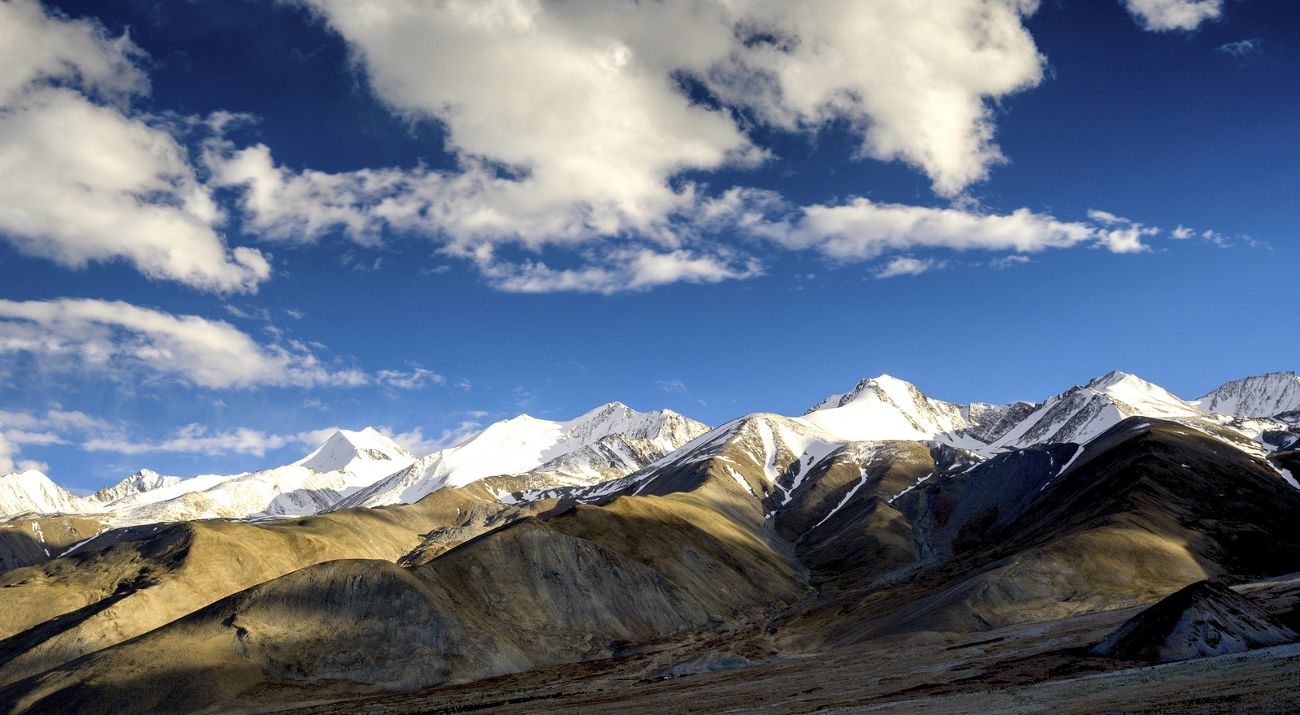Planet Earth, our only home, is facing a potential future environmental crisis.
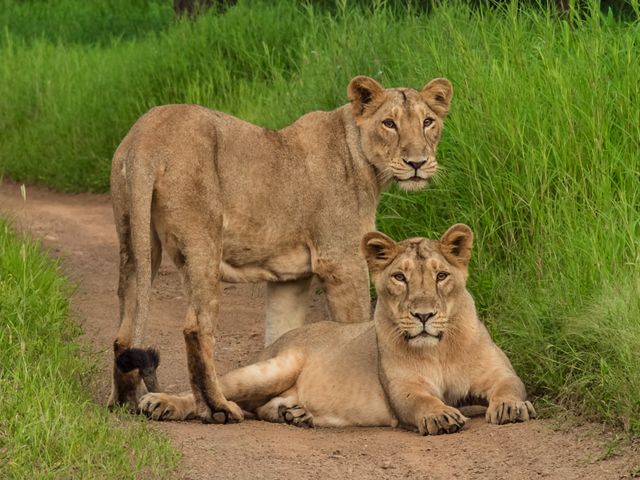
India is one of the 17 mega-biodiverse countries on Earth. With close to 2% of the planet’s land area and 4% of its freshwater, India is home to approximately 8% of Earth’s recorded species, including 96,000 animal species and 47,000 plants.
Despite our huge human population, India is also the 10th most forested country in the world and home to more than half of the world’s remaining wild tigers and other iconic mammals such as Asian Elephants, Snow Leopards, Red Pandas, Himalayan Brown Bears, Indian Rhinoceroses and Asiatic Lions.
From the tropical forests of Kerala to the dry deserts of Rajasthan and the cold deserts of Ladakh; from the Himalayas in the north to the seascapes of Goa and Tamil Nadu in the south, how do we decide where to prioritise our work?
Quote: Dr Sushil Saigal
Since 2017, we’ve been working hard to support India’s efforts to develop without destruction.
Selecting our priorities involves considering a range of many factors including: the most pressing threats, the potential scalability of solutions once tested, the likelihood of success based on our unique expertise, the partners we can work with to leverage positive outcomes, and the level of support these programs can inspire and attract.
In India, our priorities are to:
-
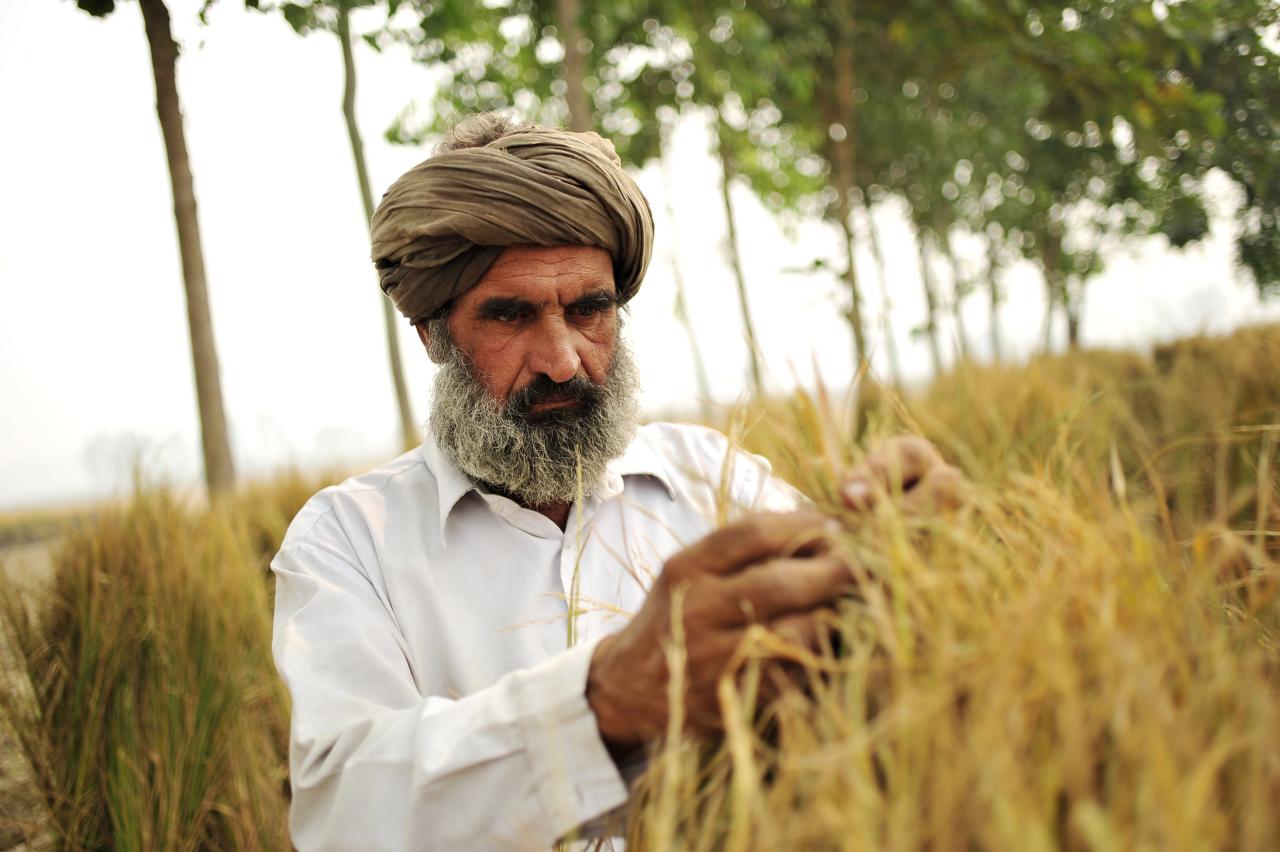
Provide Food & Water Sustainably
Global food demand is expected to increase by more than 50% by 2050 as the world’s population continues to grow. Meeting the challenge of providing healthy food and drinkable water to the world’s people is critical to the future of humanity & nature. Explore
-
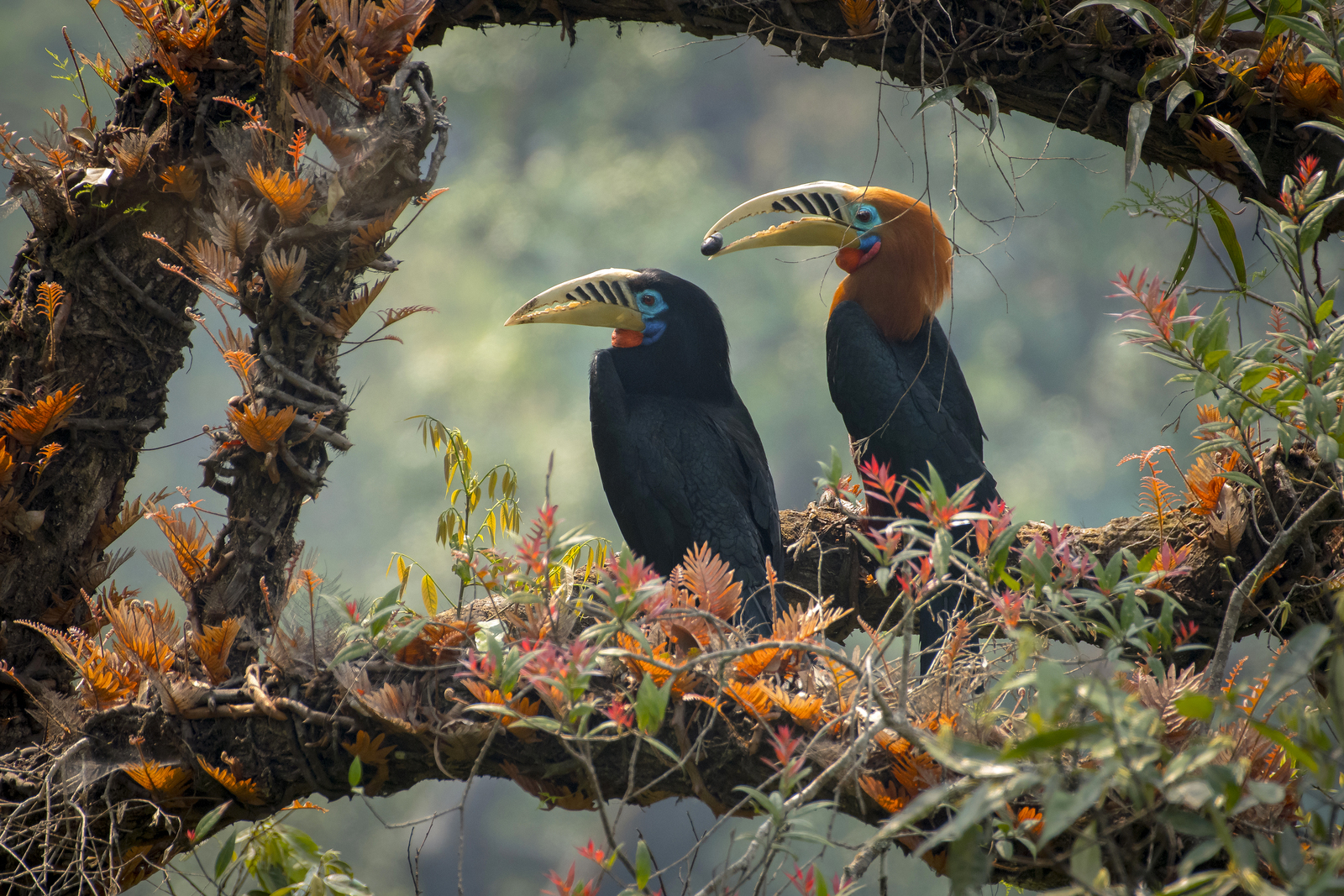
Protect & Restore Wild Habitats
India’s protected areas cover just 5% of its landmass. For India’s spectacular natural heritage to survive into the long term, more of its precious wild habitats need to be protected and restored. Explore
-
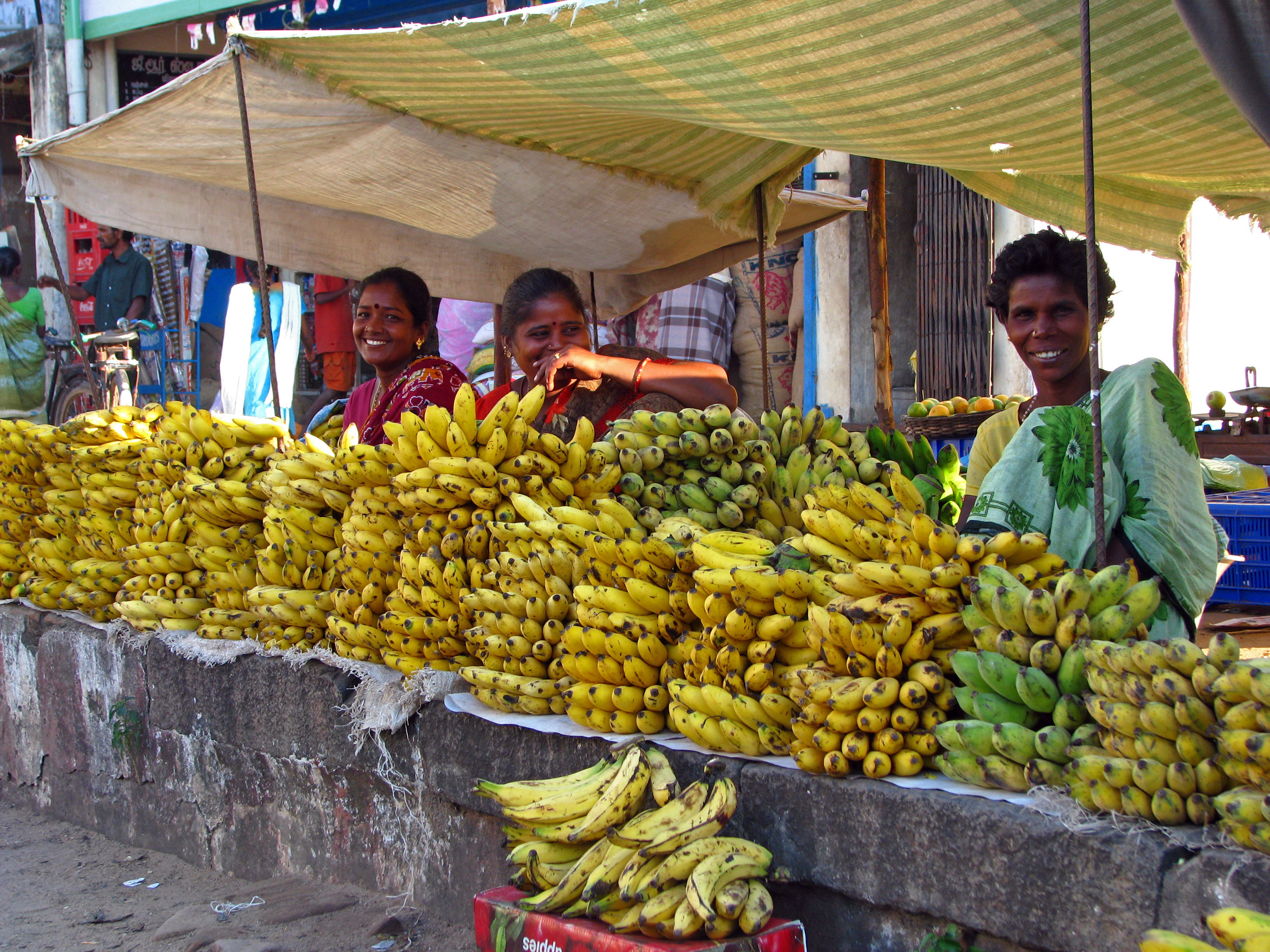
Build Healthy Cities
India’s population is expected to reach 1.6 billion people by 2027. With more of these people moving into cities, overcoming urban challenges like air pollution, the drinkability of water and the heat island effect are critical. Explore
-
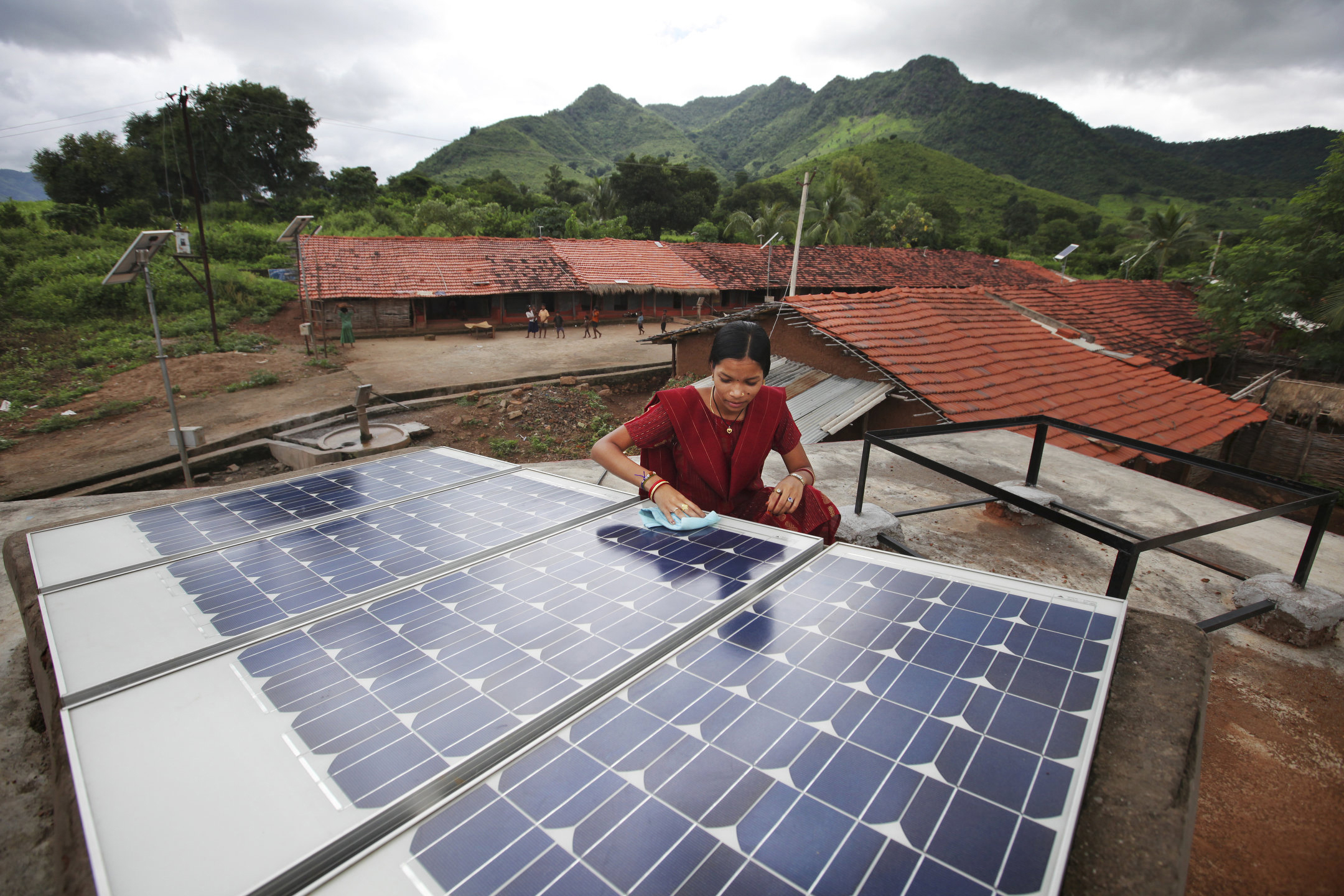
Support Renewable Energy
For humanity to meet the required greenhouse gas emissions reductions targets to avoid catastrophic climate change, we are going to need to source more of our energy from renewable sources like wind and solar. Explore
Your support can help safeguard India’s future.
When you make a tax-deductible donation to The Nature Conservancy, you’re supporting our work in these four priority areas to help solve India’s most pressing environmental challenges. Your contribution is so much more than a donation; it is an investment in the future of our planet for people and nature.
